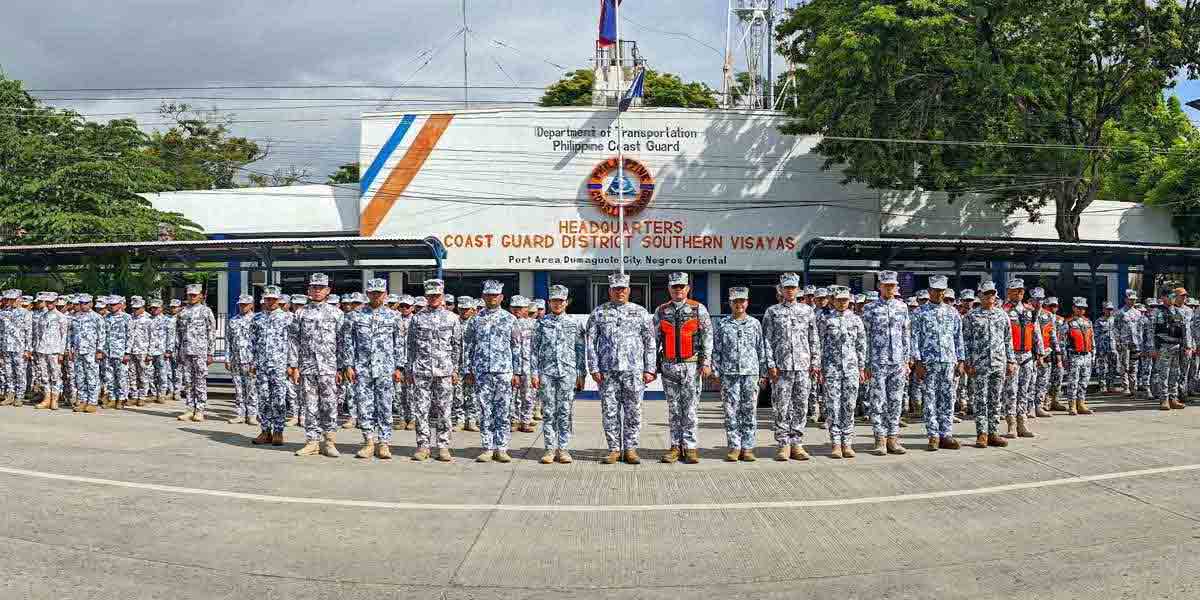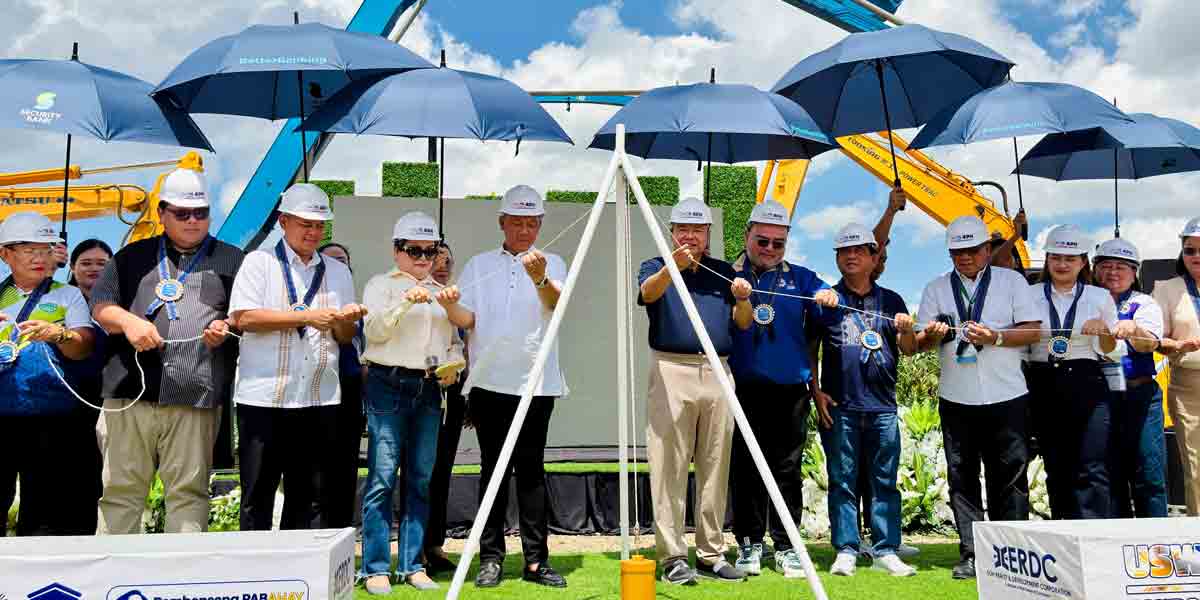Cleanliness is next to Godliness, the old adage goes.
It is more imperative for politicians, especially the winners although the losers are also morally required to be as such.
We join calls for politicians to clean up their acts not just in their comfy offices but in their immediate surroundings by reusing, repurposing, and recycling campaign materials, especially tarpaulin posters.
Doing so is in keeping with the national policy of limiting the use the single-use plastics which have been blamed with major environmental catastrophes we are facing, especially in our seas and oceans.
EcoWaste Coalition reported that tarpaulins, which are often made of polyvinyl chloride or PVC plastic, may contain toxic chemical additives such as cadmium, lead and phthalates.
Laboratory tests commissioned by the EcoWaste Coalition and performed by SGS on six presidential campaign tarpaulins found cadmium in all the analyzed samples.
The World Bank reported in 2021 that the Philippine plastics industry “is not only vital to the national economy (contributing US$2.3 billion in 2018), but plastics also provide low-cost consumer goods to poor and middle-income families.”
The plastic market is estimated to have with a compounded annual growth rate of 6.11% (forecast for period 2018-2023), according to SEA CIRCULAR.
The high dependence on single-use plastics such as multilayer sachets and pouches has led the Philippines to become a “sachet economy” that continues to worsen the alarming levels of marine plastic pollution in the region. By some estimates, the Philippines consumes a staggering 163 million pieces of sachets every day, the WB report added.
The Philippines also grapples with unsustainable plastic production/consumption and insufficient solid waste management infrastructure. A staggering 2.7 million tons of plastic waste are generated in the Philippines each year, and an estimated 20 percent ends up in the ocean.
Comprised of more than 7,500 islands, the livelihoods of the Philippines’ coastal communities, and the fishing, shipping and tourism industries are especially vulnerable to the impacts of marine debris (World Bank Country report for PHL, 2021).
Socio-economic trends also indicate an annual population growth rate of 1.5%, forecast to grow to a 125.4 million people in 2030, with more than 60% living along the country’s coastline. The confluence of a growing population, rising incomes and consumption, inadequate infrastructure, and weak regulations combine to put the Philippines high on the list of nations with major waste leakage and plastic pollution problems (SEA CIRCULAR).
Faced with these problems, out political leaders should discard plasticity – both in attitude and countenance – and lead the charge to protect what’s left of our environment.






















